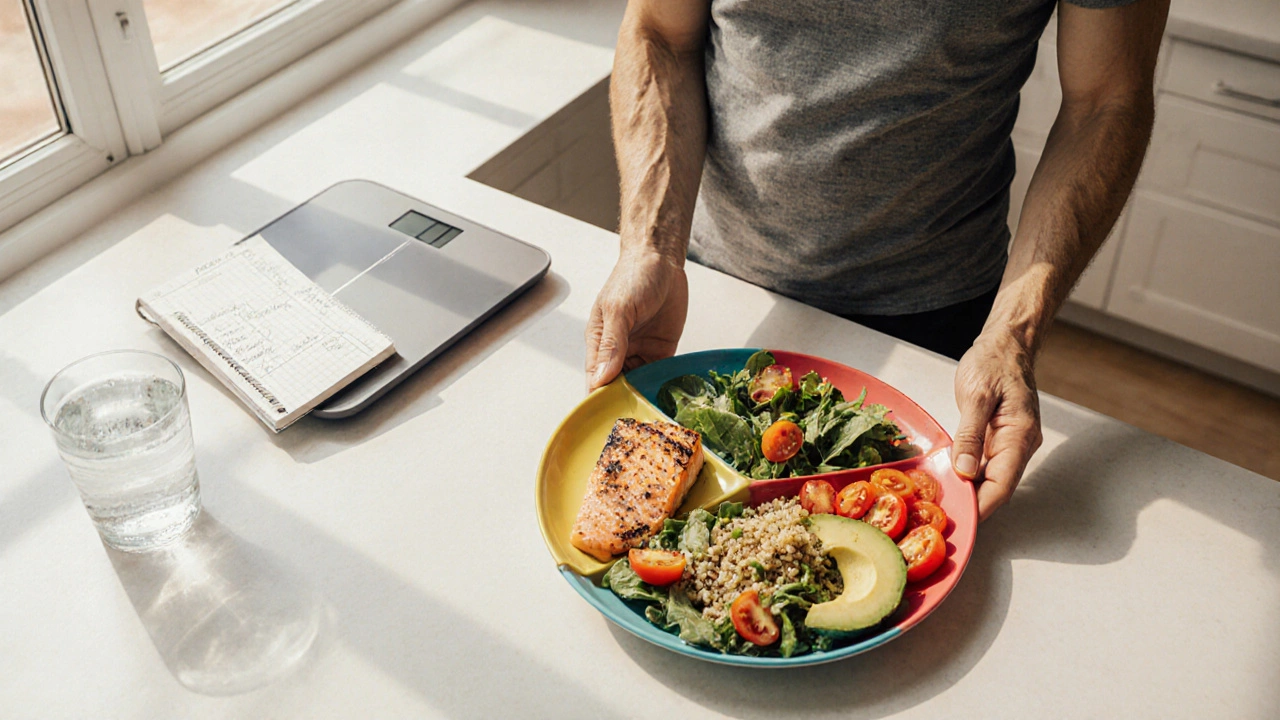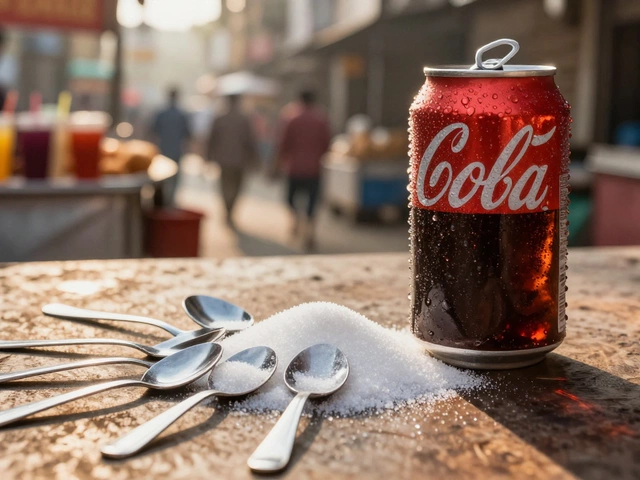Lose Weight After 50: Real‑World Strategies That Work
When working with lose weight after 50, the process of shedding excess pounds for people aged 50 and older while keeping health and vitality in mind. Also known as weight loss over 50, it calls for a plan that respects age‑related changes. One of the biggest hurdles is the metabolism slowdown, a natural decline in the body's ability to burn calories as we age. Understanding this shift helps you set realistic calorie targets, which brings us to calorie needs for seniors, the specific energy intake required to lose weight safely after 50. Finally, incorporating strength training, muscle‑building exercises that protect bone density and boost metabolism is essential for lasting results.
One common misconception is that you have to starve yourself to see the scale move. In reality, a moderate calorie deficit—usually 300‑500 kcal below maintenance—combined with nutrient‑dense foods does the trick. Protein becomes a star player because it preserves lean muscle while you lose fat. Aim for at least 1.0‑1.2 g of protein per kilogram of body weight each day, whether you get it from dals, paneer, eggs, or low‑fat dairy. Pairing protein with fiber‑rich veggies slows digestion, keeps you fuller longer, and helps stabilize blood sugar.
Why Exercise Matters More Than Ever
Cardio is still useful, but after 50, joint‑friendly activities like brisk walking, swimming, or cycling reduce injury risk while still burning calories. The real game‑changer is resistance work—think bodyweight squats, dumbbell rows, or resistance‑band routines. Strength training not only burns calories during the session; it raises your resting metabolic rate for hours afterward. A simple three‑day split (upper body, lower body, core) can be completed in 30‑45 minutes and yields noticeable changes in energy levels and muscle tone.
Sleep and stress also wield big influence. Poor sleep blunts hormone balance, raising ghrelin (the hunger hormone) and lowering leptin (the satiety signal). Aim for 7‑8 hours of quality rest; a short wind‑down routine—no screens, a warm tea, light stretching—makes a difference. Chronic stress cranks up cortisol, which can promote belly fat storage. Mind‑body practices like yoga or meditation, even for 10 minutes a day, help keep cortisol in check.
Hydration is another low‑effort, high‑impact habit. Dehydration often masquerades as hunger, leading to unnecessary snacking. Drinking a glass of water before meals can naturally curb portion sizes. Herbal teas, infused water, or plain sparkling water add variety without extra calories.
When it comes to supplements, be selective. Vitamin D and calcium support bone health, especially if you’re doing weight‑bearing exercises. Omega‑3 fatty acids from fish or algae oil help reduce inflammation and may aid fat loss. Always check with a doctor before adding any new supplement, especially if you’re on medication.
Monitoring progress goes beyond the scale. Take waist measurements, track how your clothes fit, and note improvements in stamina or mood. A food diary—whether a notebook or a phone app—helps you spot hidden calories and stay accountable. Celebrate non‑scale victories like climbing stairs without gasping or lifting heavier weights.
Remember, consistency beats perfection. It’s okay to have an indulgent meal now and then; just get back on track afterward. The key is building habits that you can maintain for the long haul, not chasing quick fixes that fade.
Below you’ll find a curated set of articles that dive deep into each of these areas—calorie calculations, safe exercise routines, nutrition tweaks, and more—so you can put this plan into action and start seeing the results you deserve. lose weight after 50 isn’t a myth; it’s a reachable goal with the right knowledge and steady effort.





